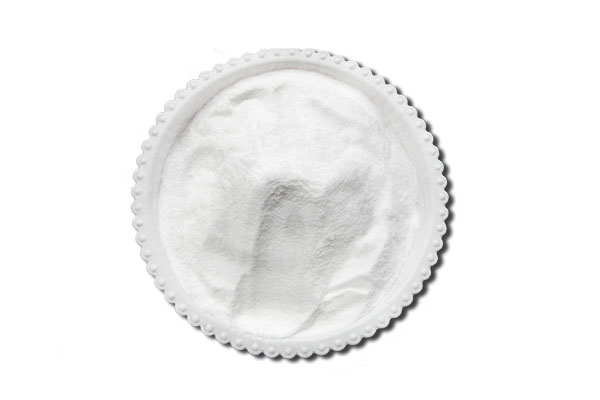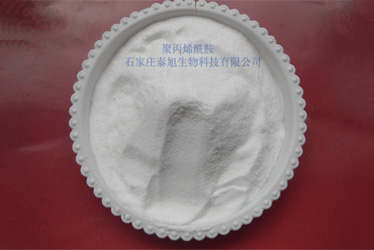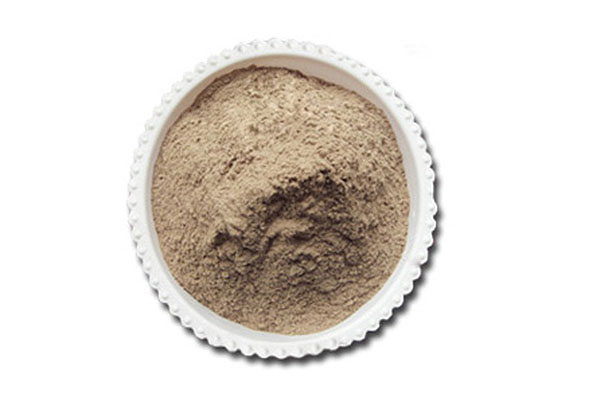
Products
Good Quality Drilling Mud Chemicals - Polyacrylamide (PAM) – Taixu
Good Quality Drilling Mud Chemicals - Polyacrylamide (PAM) – Taixu Detail:
Polyacrylamide (PAM) Application
Water treatment:
The application of PAM in the water treatment industry mainly includes three aspects: raw water treatment, sewage treatment and industrial water treatment.
In raw water treatment, PAM can be used together with activated carbon to condense and clarify suspended particles in living water.
Oil production:
In oil exploitation, PAM is mainly used for drilling mud materials and improving oil production rate and is widely used in drilling, well completion, cementing, fracturing, and enhanced oil production. It has the functions of increasing viscosity, decreasing filtration loss, rheological regulation, cementing, diverging, and profile adjustment.
At present, China’s oilfield production has entered the middle and late stage, to improve the oil recovery rate, improve the oil-water flow rate ratio, to increase the crude oil content in the produced material.
Papermaking:
PAM is widely used as a resident agent, filter aid and homogenizer in papermaking.
Polyacrylamide is mainly used in the paper industry in two aspects: one is to improve the retention rate of fillers, pigments, etc., to reduce the loss of raw materials and environmental pollution;
Textile, printing and dyeing:
In the textile industry, PAM can be used as a sizing agent and finishing agent in the post-treatment of fabrics to produce a soft, anti-wrinkle and anti-mould protective layer.
With its strong hygroscopicity, the breakage rate of spinning can be reduced.
PAM as post-treatment agent can prevent the static electricity and flame retardant of the fabric.
| Index | Cationic
PAM |
Anionic
PAM |
Non-ionic
PAM |
Zwitterionic
PAM |
| Molecular weight
Ionization rate |
2-14 million | 6-25 million | 6-12 million | 1-10 million |
| Effective PH value | 1-14 | 7-14 | 1-8 | 1-14 |
| Solid Content | ≥ 90 | ≥ 90 | ≥ 90 | ≥ 90 |
| Insoluble substances | None | None | None | None |
| Residual monomer | ≤0.1% | ≤0.1% | ≤0.1% | ≤0.1% |
Product detail pictures:


Related Product Guide:
We always work as a tangible team to ensure that we can provide you with the best quality and the best price for Good Quality Drilling Mud Chemicals - Polyacrylamide (PAM) – Taixu , The product will supply to all over the world, such as: Mombasa, Chile, America, We set a strict quality control system. We have return and exchange policy, and you can exchange within 7 days after receive the wigs if it is in new station and we service repairing free for our products. Please feel free to contact us for further information if you have any questions. We are glad to work for every client.
The factory has advanced equipment, experienced staffs and good management level, so product quality had assurance, this cooperation is very relaxed and happy!





